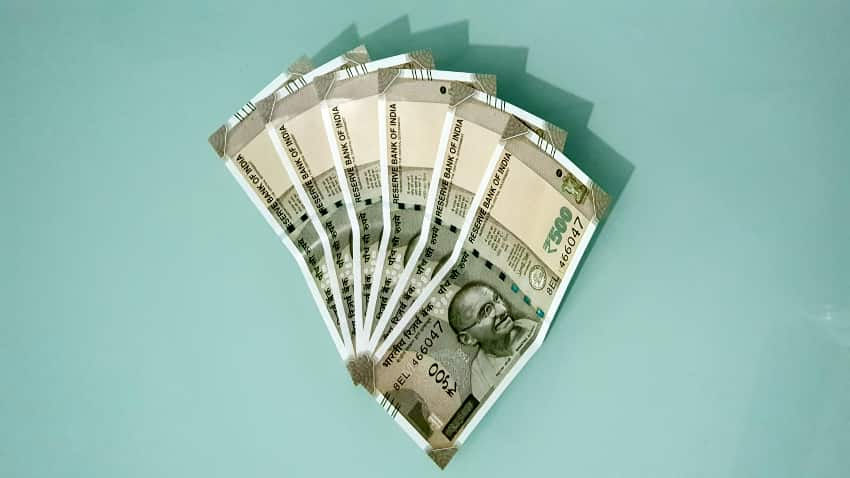SIP+SWP: Rs 15,000 monthly SIP investment for 20 years and Rs 100,000 monthly income for 45 years; know how it is possible
Retirement Planning: The combination of systematic investment plan (SIP) and the systematic withdrawal plan (SWP) can be used to get monthly income. The idea is to invest Rs 15,000 for 20 years, get 14 per cent annualised return on that and then withdraw Rs 100,000 monthly income for at least 45 years.
SIP+SWP Combo: Making investment in your young days for the retirement age can be the best practice to achieve or maintain financial freedom in your old age. One needs to start investing early and do it consistently for a long term to get monthly income for a longer period in retirement life. There can be many market-linked and non-market-linked programmes to achieve that goal. The combination of a systematic investment plan (SIP) and a systematic withdrawal plan (SWP) can be one of them. The idea is to invest Rs 15,000 for 20 years and then get Rs 100,000 in monthly income for at least 45 years. In this write-up, know more about SIP and SWP and how calculations can work to get Rs 100,000 monthly income for decades.
Photos: Unsplash/Pixabay
(Disclaimer: This is not investment advice. Calculations are projections. Please do your own due diligence or consult an advisor for retirement planning.)
What is SIP?

What is SIP?

What is SIP?

What is SWP?

What is SWP?

What is SWP?

SIP investment conditions

SIP investment conditions

What will be income tax on long-term capital gains?

What will be income tax on long-term capital gains?

What you need to do now

What you need to do now






